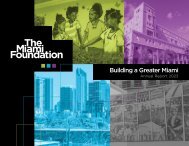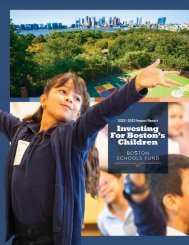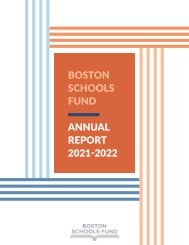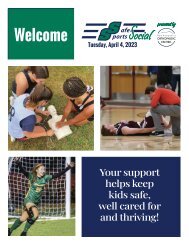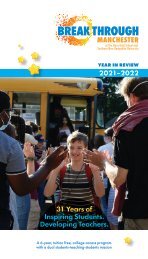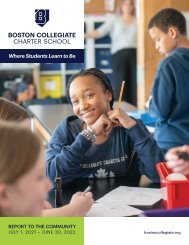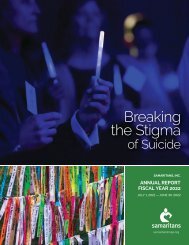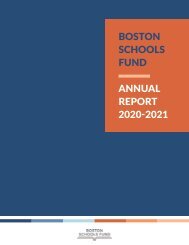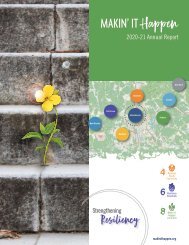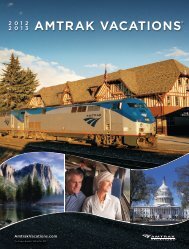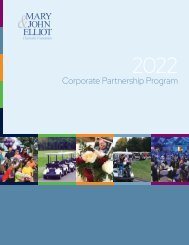HSA 65th Anniversary Book
• To provide an organization with facilities and some capital through which students of the university could be encouraged to develop and to manage small businesses that might provide funds that could be applied to the cost of their education. • To afford needy students of the university the opportunity to earn substantial amounts of money for brief periods of work through the exercise of energy and ingenuity. • To encourage students to explore the business community as a potential career choice. • To enable students to gain valuable experience and to develop a sense of the excitement and responsibility involved in the management of small enterprises.
• To provide an organization with facilities and some capital through which students of the university could be encouraged to develop and to manage small businesses that might provide funds that could be applied to the cost of their education.
• To afford needy students of the university the opportunity to earn substantial amounts of money for brief periods
of work through the exercise of energy and ingenuity.
• To encourage students to explore the business community as a potential career choice.
• To enable students to gain valuable experience and to develop a sense of the excitement and responsibility involved in the management of small enterprises.
Create successful ePaper yourself
Turn your PDF publications into a flip-book with our unique Google optimized e-Paper software.
In the beginning
A fateful bicycle accident and an illicit black market of beer steins and class rings conspired to
hatch the world’s largest student-run company in the spring of 1957. John Monro ’35 dispatched
Dustin M. Burke ’52, MBA ’55, to harness the epidemic of entrepreneurship running amok
through Harvard’s dormitory walls as a vehicle for financial aid. Gregory Stone ’58 chanced
into a meeting with legendary attorney Harold Rosenwald ’27, LLB ’30, and with Burke they
spent the summer working out logistics for an umbrella corporation they called Harvard
Student Agencies (HSA). In the fall, the intrepid trio, Monro, and three other co-founders
incorporated and signed the charter that spelled out HSA’s formal structure and altruistic
mission.
In the years immediately thereafter, HSA experienced a period of intense growth and
entrepreneurial efforts as it pursued greater student wages. Within five years, the number
of agencies had climbed to 31, and HSA had expanded to two locations. Within six years,
gross sales grew from $100,000 to more than $1 million, buoyed by the strong Linen and
Charter Flights agencies. During HSA’s first 10 years, these two agencies together provided
more than 50% of gross sales. This secure financial footing enabled HSA to fund promising
new enterprises and weather fiscal difficulties (such as the ill-fated, but delicious, Ice Cream
agency). With the growth of the Information Gathering Service (IGS) in the mid-1960s, the
future boded well for a continued increase in student earning opportunities.
The Board of Directors supported and encouraged this initial growth. Warren Berg ’43, first
Chairman of the Board, did all he could to inspire entrepreneurship among HSA’s student
leaders. H. Gardner Bradlee ’40, the longtime President of Cambridge Trust Company, and
David Mittell ’39 both made considerable contributions to the early success of the corporation.
Behind the scenes, the secretaries were the unsung heroes of HSA, providing organization and
sanity amid agency chaos.
As it prospered, HSA endured considerable scrutiny and criticism from campus organizations
and the university. The Harvard Crimson regularly attacked, printing scathing critiques of
HSA’s practices. More than 40 editorials proclaiming the evils of HSA appeared in 1962 alone.
The university investigated the Charter Flights program in 1965 and kept a close eye on the
fledgling organization. Luckily, Monro — by this time Dean of Harvard College — steadfastly
defended his brainchild from internal university criticism, and HSA continued to thrive.
During the early period, student managers operated with a great deal of autonomy. Responsible
for their agency’s accounting, many managers had to turn in a detailed financial statement to
the corporation only once every three months. Some managers worked solely during a brief
sales season centered on the first three weeks of the academic year. With Burke working part
time as General Manager, HSA functioned more as a support system for the managers and
exercised relatively little administrative control over the agencies.
Aided by the capital acquired from its first fundraising campaigns, HSA attempted to continue
its success in the late ’60s. In addition to its traditional entrepreneurial efforts and creation
of new business endeavors, HSA also devoted considerable energy and capital to developing
existing agencies. IGS consequently gained a full-time professional manager and acquired
larger offices in which to expand. Publishing produced seven books between FY68 and FY69,
as many as had been written in the previous seven years. Immediate results were promising,
as gross sales hit a record high in FY68. It was not to last, however. In FY69, many agencies
both old and new encountered financial difficulties. With operations spread between three
separate locations, problems of communication and administrative control arose. As the 1970s
approached, HSA struggled with the problems of its rapid expansion.
1957-
1969
6
HSA 65th Anniversary History Book 7




